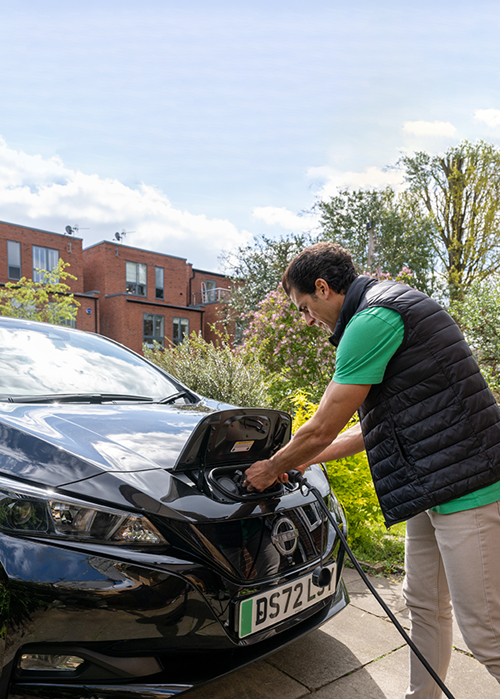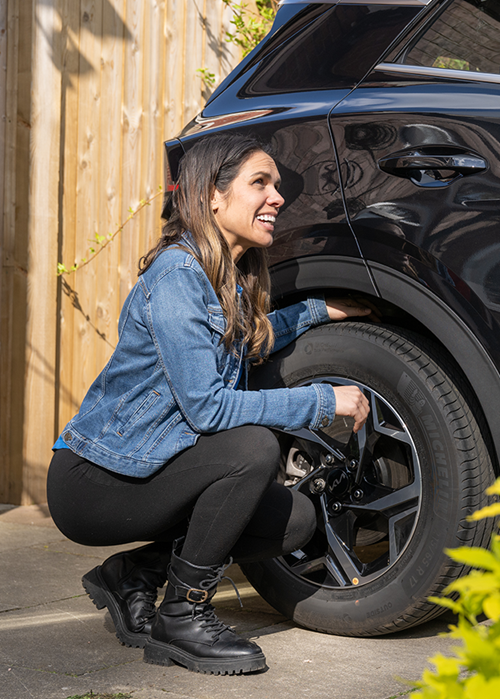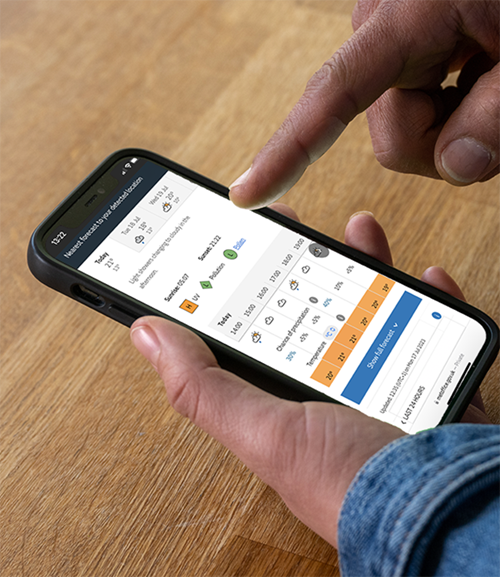Have a safe T.R.I.P. this summer


We want you to have a safe T.R.I.P. this summer
Whether it’s a family holiday, a spontaneous coastal drive, or a long journey to the airport, many of you will be gearing up for road trips this summer. Taking regular breaks is a crucial part of safe summer driving, yet almost 3 in 10 (29%) drivers don’t consider the need for rest stops when planning journeys.
As well as completing your necessary vehicle checks before setting off, taking the time to plan rest stops in advance can help you reach your destination safely and with minimal stress. By planning thoughtful stops along the way – whether at service stations, or at nearby cultural and heritage sites, you will help make the journey part of the adventure and ensure you are well rested.
By sticking to familiar or the ‘fastest’ routes, you could miss opportunities to rest, recharge and explore while making memories. From farm shops, play areas and scenic dog walking spots, check out our recommendations along popular routes below.
Your chance to win up to £50 vouchers with our new T.R.I.P. game
We’ve partnered with Halfords to give one lucky winner each month the chance to win up to £50 in Halfords vouchers, redeemable online or in-store until 9th May 2027. By playing the game, you’ll be automatically entered into our monthly prize draw for the next 12 months.
Play the gameT.R.I.P. Top-up, Rest, Inspect, Prepare
T
Top-up
fuel, oil, screen-wash
R
Rest
every 2 hours
I
Inspect
tyres
P
Prepare
for weather




